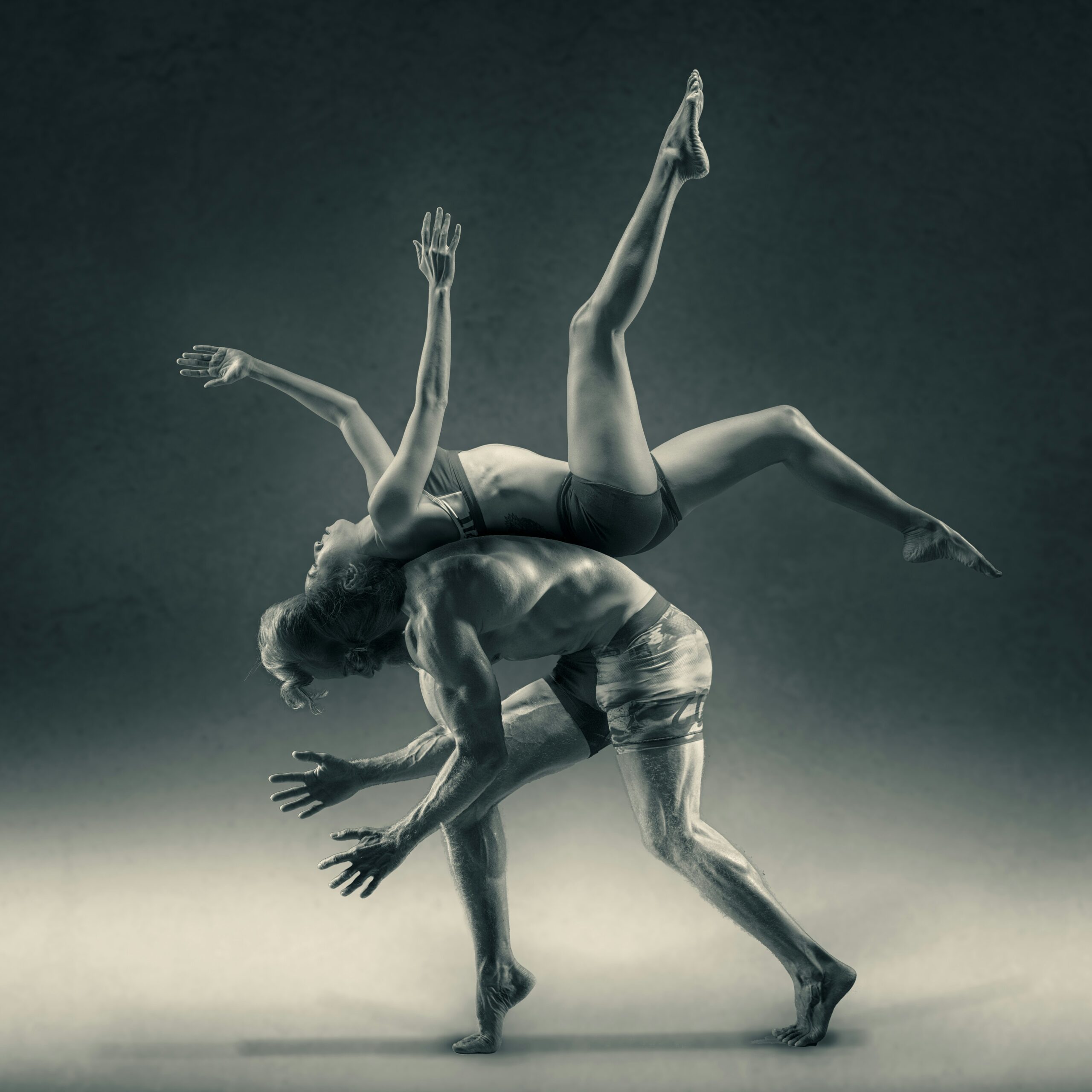Introduction
Dance, as an expressive art form, transcends language barriers and communicates stories, emotions, and ideas through movement. Within the realm of dance, various elements and structures contribute to the narrative, offering a rich tapestry for storytelling. In this blog post, we delve into how certain dance elements, such as form and structure, facings, energy qualities, and personification of body parts, play pivotal roles in conveying narratives and evoking emotions.
Form and Structure
Just like in music, dance often follows specific structural patterns that lend themselves to storytelling. For instance, the ABA form, commonly found in choreography, presents a clear beginning, development, and resolution. This structure can mirror the narrative arc of a story, where the initial setup is followed by conflict and ultimately resolution or transformation. Similarly, the rondo form, with its recurring theme interspersed with contrasting sections, can represent the cyclical nature of a story or the repetition of themes and motifs within a narrative.
Facings
In dance, the orientation of the body, known as facings, can convey different aspects of the story. For example, facing towards or away from another dancer can symbolize intimacy or estrangement respectively. Changing facings throughout a choreography can signify shifts in perspective, relationships, or narrative focus. By strategically employing facings, choreographers can guide the audience’s interpretation of the story unfolding on stage.
Energy Qualities
Laban Movement Analysis categorizes movement qualities into various dimensions, including weight, time, space, and flow. These energy qualities, such as strong versus light, sharp versus smooth, can be utilized to embody characters and evoke emotions within a narrative. For instance, a character portrayed with heavy, forceful movements may exude power or aggression, while light, delicate movements can convey vulnerability or grace. By modulating energy qualities, dancers infuse their performances with nuance and depth, enhancing the storytelling experience.
Personification of Body Parts
In dance, every part of the body becomes a tool for expression, capable of embodying characters and conveying emotions. By personifying body parts, such as hands, feet, shoulders, or back, dancers can create dynamic relationships and interactions within their performances. For instance, gestural movements of the hands can convey emotions or communicate dialogue, while the placement of the feet can indicate intention or direction. By treating body parts as characters in their own right, dancers imbue their movements with narrative significance, enriching the storytelling process.
Conclusion
Dance serves as a powerful medium for storytelling, offering a unique blend of visual, emotional, and kinetic elements. Through the strategic utilization of form and structure, facings, energy qualities, and personification of body parts, choreographers and dancers can craft compelling narratives that resonate with audiences on a profound level. By exploring the intricate interplay between dance elements and storytelling techniques, we gain a deeper appreciation for the artistry and creativity inherent in the world of dance.

